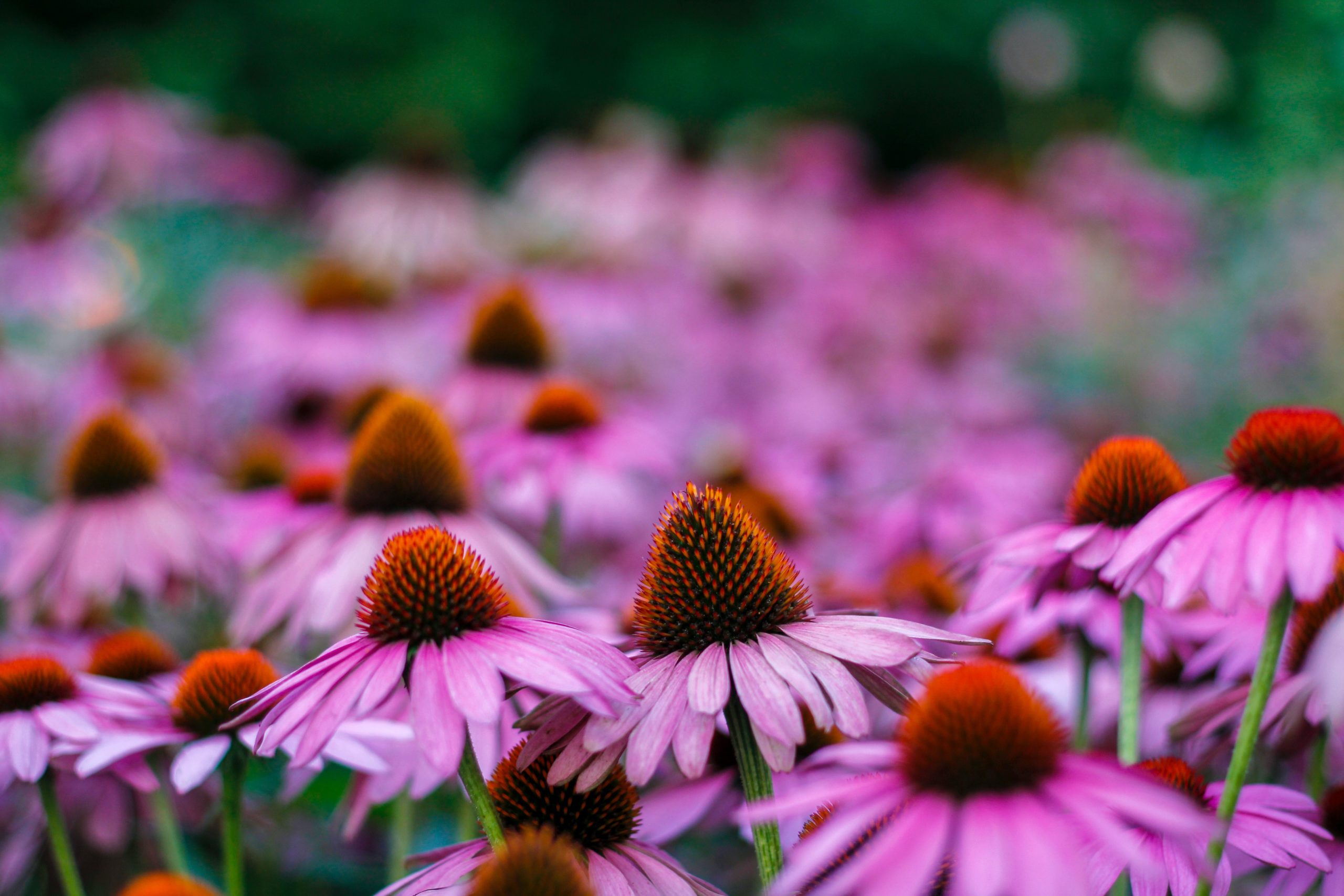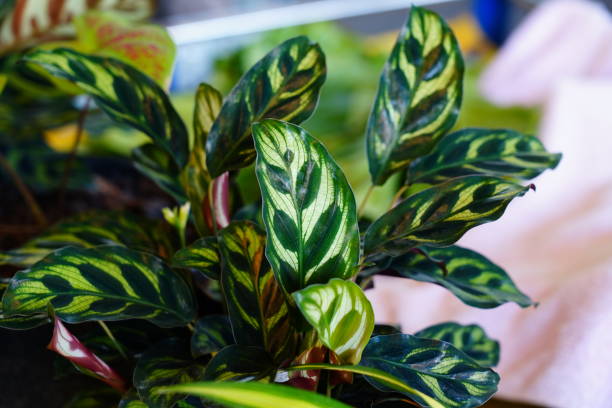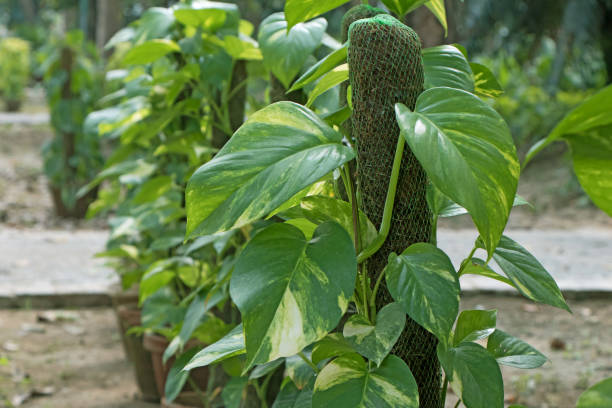Everything You Need to Know About Echinacea Plant

Do you love colorful flowers in your garden? If yes, then echinacea is a perfect choice for you. Echinacea plants are popular perennial and for a good reason. They are drought and heat resistant, bloom for months, attract birds and make beautiful cut flowers.
One amazing thing about echinacea plants is that it is easy to grow and is one of the best flowering plants. Echinacea not only adds to the beauty of your garden but also has medicinal benefits, which make it a popular choice among gardeners.
Echinacea flowers offer a season-long colorful display as they come in glorious orange, yellow, pink, chartreuse, and red shades. Moreover, they range in flower forms from horizontal ruffs to standard shuttlecock to doubles with a beautiful powder-puff center. What more would you want? Here is an article with all you need to know about how to grow echinacea and how to care for it.
Echinacea Plant Profile
Echinacea plants offer colorful, striking, and fragrant flowers. They are also known as purple coneflower and are so popular that it is difficult to find a garden without one variety of echinacea plants.
Echinacea’s daisy-like flowers are made up of various small flowers with sterile petals. The flowers are rich in nectar, which makes them attract both butterflies and bees. In fact, hummingbirds also love coneflower plants.
Echinacea purpurea or purple coneflower is one of the most popular varieties of coneflower. It is not only a beautiful flowering plant but also one of the best medicinal plants to have in your garden. Here is basic information about echinacea plants.
- Botanical Name – Echinacea
- Common Name – Coneflowers
- Native Area – North America
- Genus – Echinacea
- Mature Size – 2 to 5 feet tall/1 to 2 feet wide
- Zones – Varies; however, species range from 3 through 9
- Bloom Time – June to August
- Flower Color – Purple, pink, red, white, yellow, orange
- Exposure – Thrives in sun
- Types – Echinacea purpurea, E. paradoxa, E. tennesseensis, and E. pallida
If you love songbirds and butterflies, then purple coneflowers are the right choice for you. They bloom for weeks and even months, and they attract beautiful butterflies and hummingbirds. Each flower attracts butterflies and other pollinators like hummingbirds and honeybees.
How to Grow Echinacea
Now, if you are thinking about how to grow echinacea, then relax! We have got it covered. Purple coneflower or echinacea plant grows in USA hardiness zone 3 through 9. However, during cold weather, you will have to give them winter protection in their first year. Once they are properly established, they are hardy and rugged. The best thing about them is that they are drought resistant.
Growing echinacea is no big deal. Coneflower plants can grow well from seeds, and you can easily divide them into new plants. Moreover, you can also grow them from stem cutting, but success is not assured.
The echinacea plants start blooming in early summer, and they bloom till midsummer. Moreover, they repeat bloom through frost.
Growing Echinacea from Seeds
It is easy to grow echinacea plants from seeds. Save the seeds of the plant and let them dry until they are stiff in touch and darker in color. The seeds have sharp spines. Separate the seeds of the echinacea plant from the cones. Spread the seeds on a paper plate to dry them thoroughly before storing them.
Provide the seeds with some cold stratification so that they can germinate the best. The easiest method to grow the echinacea plant is to sow the seeds outdoors during the fall. You can either sow them in the ground or can also sow them in milk jugs.
In case you are planning to begin seed indoors, then simulate the winter period. For this, plant the seeds in a damp seed starting mix. Now, place the sealed container in a refrigerator for around 8 to 10 weeks.
After 8 to 10 weeks, take the seeds out and then plant around ¼ inch deep and then cover with soil. They will germinate within 10 to 15 days.
Soil
It is a good idea to grow coneflowers in a neutral soil of pH around 6.5 to 7.0. They can grow in different soil types, including rocky, clay soils, and sandy. Nevertheless, they hate mucky or wet soil. For better results, add a little bit of compost while planting the echinacea plant to give it a good start.
Light
In order to get the sturdiest plants and blooms, make sure to plant echinacea in a place that has six to eight hours of full sunlight each day. They may bear partial shade, but plants may not bloom as prolific.
Temperature
Purple coneflower is a native prairie plant, so it thrives in dry and hot climates. However, it can also handle a wide range of temperature and humidity changes. Echinacea plants do not grow well in rainy areas or humid climates where the soil is often wet.
Water
Echinacea plants are drought-tolerant. However, they do well with regular watering. Water the purple coneflower regularly after planting. Make sure to transition to an inch of water per week. After one year, older plants need watering only during hot weather or droughts.
Fertilizer
Purple coneflowers grow best in a soil rich in organic matter. Avoid giving them too much supplemental fertilizers as they can become leggy. Add compost to the plant each spring to give them the required nutrition for good foliage and blooms.
How to Care for Echinacea
Echinacea plants are easy to care perennials, and they require only basic care. You need to water them every week about an inch. When it comes to compost, you need to add only one layer of compost in the spring. Moreover, cut them back in the fall, and it is optional.
Pruning
You can leave purple coneflowers standing through winter to feed the birds. Sherring them in springs will lead to bushier plants.
Deadheading is a garden practice that encourages blooming. Many varieties of echinacea plants are flower machines, and they keep blooming without snipping off the spent blooms.
Purple coneflowers are prolific bloomers, and if you provide them proper pruning, they will bloom all summer. Each flower or echinacea plant blooms for various weeks.
Flowers of purple coneflowers bloom from the top part of the stem. When the initial bloom fades, the side buds and shoots form along the stem. In order to get more flowers, keep the plant pruned or deadheaded. Pruning also helps in preventing a plethora of self-seeding from the plant.
Disease and Pest
Coneflowers have fewer problems. As long as you provide proper air circulation to the echinacea plant, you do not have to worry about fungal diseases. In case you identify pots or mildew on the leaves, cut them back and allow them to fill in on their own.
Only some pests bother the purple coneflower plant, including the vine weevils, leafhoppers, and Japanese beetles.
In addition to this, keep an eye for aster yellow. It is a systemic plant disease that leads to growth deformities in the echinacea flowers. There is no cure for this disease. Moreover, it is spread by insects like leafhoppers.
Echinacea Benefits
Echinacea is a popular herb worldwide. At the peasant time, it is popularly known as an over-the-counter herbal remedy for flu or the common cold. It is popularly used to treat inflammation, pain, migraine, and other health issues. Benefits of echinacea include:
- Positive impact on the immune system
- May reduce anxiety
- May lower blood sugar
- High in antioxidants
- Rich in anti-inflammatory properties
- May help treat skin issues
Final Words
Echinacea plant is also known as purple coneflower and is a popular choice among gardeners. They grow beautiful purple, pink, white, and orange flowers. The best things about echinacea plants are that they are easy to grow and take care of. Echinacea is drought resistant, and it best blooms in sunny locations. Now that you know all about the echinacea plant grow it in your garden. Do share your experience with us by dropping a comment.






